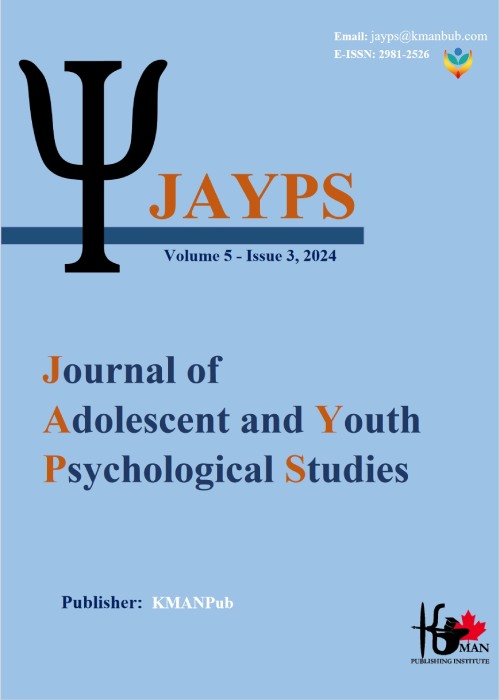Designing a multimodal intervention and evaluating its effectiveness in reducing children's anxiety
Anxiety is one of the most common disorders in childhood and can be a reason for the growth and continuation of anxiety and other mental health problems in other stages of life. Therefore, identifying and treating anxious children is very important. The present study was carried out with the aim of designing a multifaceted intervention and evaluating its effectiveness in reducing children's anxiety.
The current research has two qualitative and quantitative parts. In the qualitative part, in order to design a multi-modal intervention, the basis of the content of the multi-modal intervention was identified and designed from the theme analysis method, and its validity was confirmed. In the quantitative phase of the research, the effectiveness of multimodal intervention in reducing children's anxiety was evaluated. The research method of this part was semi-experimental and with a pre-test, post-test, follow-up plan with a control group. The statistical population of the research included all children aged 8-12 years old with anxiety disorders who referred to counseling centers and psychological services in Rasht and their mothers. 40 children and their mothers were randomly selected as a statistical sample and divided into two experimental groups (10 girls, 10 son and their mothers) and control group (10 girls, 10 boys and their mothers) were placed. The experimental group underwent multimodal intervention treatment for 24 sessions (16 child sessions, 8 mother sessions) of 90 minutes, and the control group remained on the waiting list and did not receive any psychological intervention until the post-test. Then, a post-test was performed for both groups and a follow-up was done after 4 months. To collect data, Spence Children's Anxiety Questionnaire, short version (2018), was used. The analysis of the data in this section was done by repeated measurement variance analysis.
The results showed that there is a difference between the mean of the test and control groups in the post-test and follow-up stages of anxiety (P<0.05). In other words, the multimodal intervention program reduced anxiety in anxious children, and this reduction continued in the follow-up period.
Based on the findings of the research, it can be concluded that the multi-faceted intervention considering the different dimensions of the child is an efficient intervention to reduce the child's anxiety.
multimodal , anxiety , child
- حق عضویت دریافتی صرف حمایت از نشریات عضو و نگهداری، تکمیل و توسعه مگیران میشود.
- پرداخت حق اشتراک و دانلود مقالات اجازه بازنشر آن در سایر رسانههای چاپی و دیجیتال را به کاربر نمیدهد.



